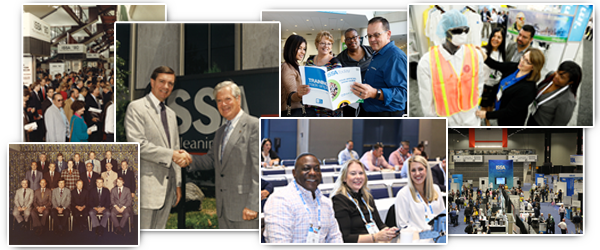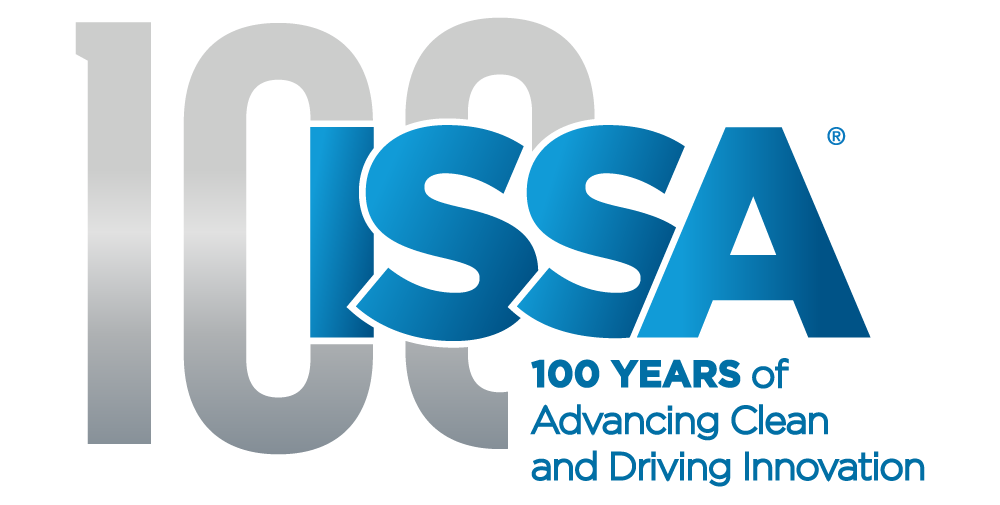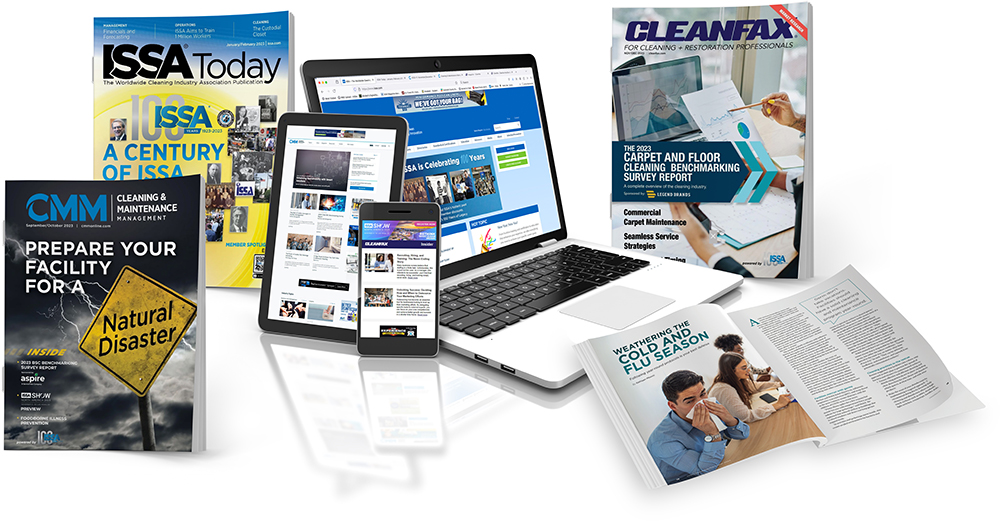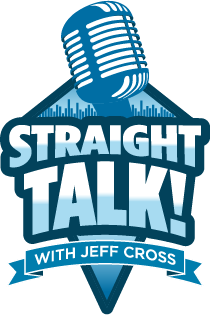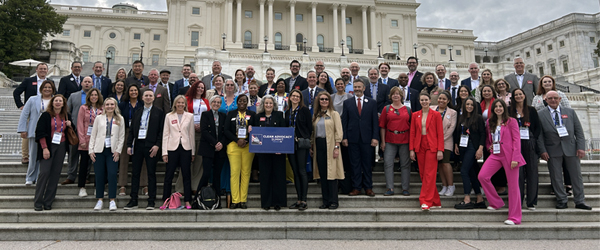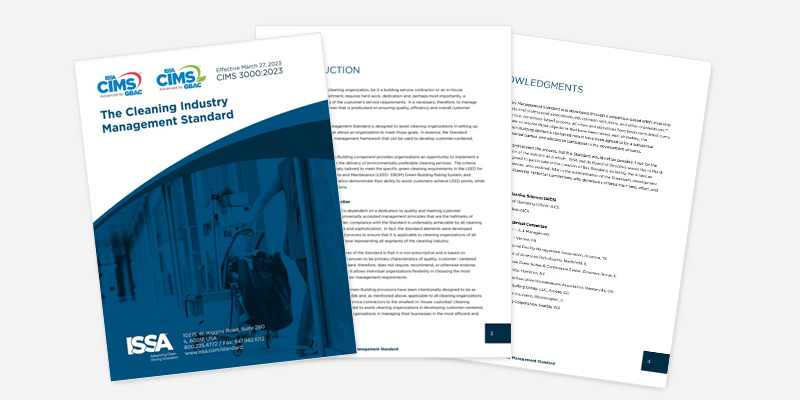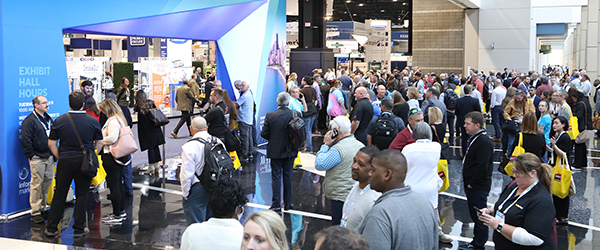Make the Most of Multigenerational Talent

In the past few years, the first strains of Generation Z—born from roughly the late-1990s to about 2010—have begun to enter the workforce.
They’ll find plenty of company. In addition to joining baby boomers, Generation Z is joining Generation X, Y, and a number of 65-and-older workers who, due in part to the recent recession, have chosen to work past the traditional retirement age. As a result, commercial cleaning providers could find themselves employing five generations of workers at the same time—each with different experiences, skills, and interests that may require different recruiting, management, and retention approaches.
Advantages to a Multigeneration Workforce
Employing a variety of generations within an organization or department can have benefits.
Older workers may possess knowledge and experience that can reduce the cost and time required to train them, and they may be able to impart skills and mentor younger employees who are new to the field. Simultaneously, Baby Boomers can help fulfill staffing needs.
“[Baby boomers] make great employees,” says Matt Vonachen, president and CEO of janitorial services provider Vonachen Services, Inc. “A lot in that age group want an opportunity to work but don’t want the burdens and responsibilities [of a] full-time job; they’re looking to keep busy and have something to do three days a week.”
Younger workers, on the other hand, may bring a fresh perspective to common techniques and practices. Their enthusiasm has inspired an increased amount of employee contributions at Greenville, SC-based janitorial and facilities management company IH Services Corp.
Today, says company President Taylor Bruce, young people seek to give input more often than they did a decade ago. “Ten years ago, a couple of managers would’ve reviewed something, made a decision, and said, ‘Here it is.’ We’ve become more open to collaborating and people’s efforts to be involved in decision-making.”
Making the Most of Generational Diversity
To fully maximize each age group’s contributions, managers may find it helpful to address workplace preferences for each generation instead of using a generalized, one-size-fits-all hiring and management approach. Some specific motivating factors include:
Digital Recruiting Tools: While companies can benefit from recruiting both older and younger workers, different avenues may prove more useful to reach them. Social media, for example, may resonate better with Gen Y and Z. Forty-two percent have used Facebook or Instagram to assess a company’s culture, according to a recent Jobvite survey. Additionally, CMMreaders identified Facebook as the social outlet that’s generally most popular with industry members in a recent survey.
“In a lot of markets today, unemployment is very low; what we’re attempting to do is convince somebody to come work for us, versus someone else,” Vonachen says. “Demonstrating our culture is a huge piece of that. We’ve increased our communication to employees through our internal communication newsletter, and we’re putting success stories on Facebook.”
Vonachen’s company also recently redesigned its web presence as part of its recruiting and marketing strategy. “Millennials are looking for the opportunity for advancement and to possibly relocate,” Vonachen says. “We’re in 46 different cities; through our marketing, they can understand they’re part of a much larger entity where they could [achieve that].”
Traditional Recruiting Tools: To recruit older candidates, or prospective employees in markets that have previously responded to more traditional promotional venues, cleaning providers may want to consider other options.
“The first approach we look at is by job and location—every community is different,” Vonachen says. “In some of the smaller markets we still use newspaper ads, college campus recruiting, or church bulletins.”
In some cases, companies may need to build a case to younger generations who are unfamiliar with cleaning work and wouldn’t consider it as a job option. Stressing the impact-based elements of the work may help attract that age group. Six in 10 millennials say a sense of purpose was a factor in choosing their current job, according to Deloitte’s 2015 Millennial Survey.
“Younger workers aren’t typically looking at this industry as very glamorous,” Bruce says. “You’ve really got to come up with a proposition—that the value of cleaning is very important. You’re not a janitor, you’re a public health defender, protecting indoor air quality and improving the assets within the building so they can replace the carpet every 12 years, instead of every five.”
Management Styles: Studies have shown generations respond differently to various supervision styles. Gen X and Y, for example, prefer more transparency and information sharing than boomers; millennials and baby boomers place a stronger emphasis on being allowed to work without supervision, according to an IBM study.
“My thirtysomethings, for the most part, want to work by themselves,” says Jess Baidwan, custodial services supervisor for the Southern Ute Indian Tribe in Southwest Colorado. “My 19- and 20-year-olds are a good fit for my 50-year-olds; they like working together and do well as a team. They want to have someone to reach out to and bounce stuff off of.”
Communication preferences can also differ. Roughly 41 percent of the tech-attuned millennial generation prefers to communicate electronically at work, as opposed to face-to-face or by phone, research from PwC shows. A study from communications-as-a-service provider 8×8, Inc. found Gen X and Gen Z members are more likely to respond to in-person communication.
As a result, it’s crucial, according to Anthony Trombetta, executive recruiter with sanitary maintenance recruitment provider Michael J. Hawkins, Inc., to place the right people in the right roles.
“There’s a certain stereotype that [a phone call would be foreign to someone in the younger generation]; I’m generalizing, [but] they’ve been brought up in a very technological world,” Trombetta says. “There are times when you want email responses and everything to be documented; from that standpoint, a millennial would be the perfect person to do it.”
Assignment Considerations: Ensuring employees are content with various aspects of their job can help increase the likelihood they’ll remain with your organization. For instance, with more daytime cleaning occurring now than 25 years ago, providers need to be cognizant of scheduling employees who are comfortable with frequent interaction during nine-to-five shifts.
“Today, Suzy in janitorial is emptying trash while an employee is sitting at his desk,” Trombetta says. “Are your frontline cleaners able to have a conversation? Do they present your company well? You want to figure out where their talents are best served and what employees want. If a millennial prefers to be behind a desk, you’d better know that going in.”
Similarly, being sensitive to the fact an employee didn’t grow up using a significant amount of technology can involve gradually acclimating the person to using new tech tools.
“There’s a clear delineation,” Baidwan says. “The 40- and 50-year-olds often are a bit intimidated by the technology, so they need more time to work with it, whereas 19-, 20-, and younger 30-somethings want exposure to it.”
When Baidwan’s team started using ATP meters three years ago, Baidwan offered to be responsible for tracking the numbers at first to ease any potential hesitation with the technology. He let employees know the results wouldn’t count against them.
“Give [older employees] a little bit more space to get used to the idea and additional training to embrace that technology,” he says. “When you bring a new piece of equipment into the fold, give employees a chance to use it. While that’s somewhat generational, it also just ties into learning types—some people really need that hands-on direction.”
Baidwan also advises managers spend time with employees in their workspace to get a feel for what they think is challenging and what excites them—which, no matter what age employees are, can help you determine the best way to boost their performance.
“We have a medical clinic, office space, a school, a community center with a pool—a multitude of environments,” he says. “I try to keep them in an assignment for long as I can; and that’s directly tied into ownership. Regardless of whether [an employee is] 19 or 59, people do better if they can say, ‘This space is mine, and I’m responsible for it.’”
Recruit for All Ages
Employers may assume, with some workers delaying retirement, they’ll have a reduced need to look for new hires. The commercial cleaning industry, however, will likely face an ongoing demand for recruitment, due to the fact turnover can be so significant—an ongoing challenge and top concern for many of CMM’s readers.
“There just aren’t enough people out there,” Bruce says. “People are more apt to change jobs today; they can go down the street to another place and do the same thing. You have to get people to pass background and drug tests; you’re lucky if you get one person for every job.”
With that in mind, it’s important to remember that age is just a number when it comes to staffing your workforce. By following the tips given here, it is possible to successfully recruit and train multiple generations of employees to help bolster both your staff and your business.
This article originally appeared in the October 2017 edition of CMM Magazine.




